I am trying to get an idea of what the general consensus is on "Big" beers, specifically for beers that deserve more time from kettle to glass.
Working from the general consensus of 3 weeks in primary, 3 weeks in bottle as the baseline norm that most seem to be comfortable recommending(regardless of how soon the active fermentation petered out, and provided SG is stable) what beers deviate from this?
What beers are best (or fine) to go ahead and bottle once FG is reached?
What beers should be left in primary longer than 3 weeks? Is this based on style? ABV?
Without going into dry-hopping, lagers, fruit additions, or wood additions, what beers should be racked to secondary for additional bulk conditioning?
Any difference in Extract vs. Grain in this regard?
Thanks, also some pics of my 1st brew day, an Irish Red extract kit. Everything went fairly smoothly, easy in fact.
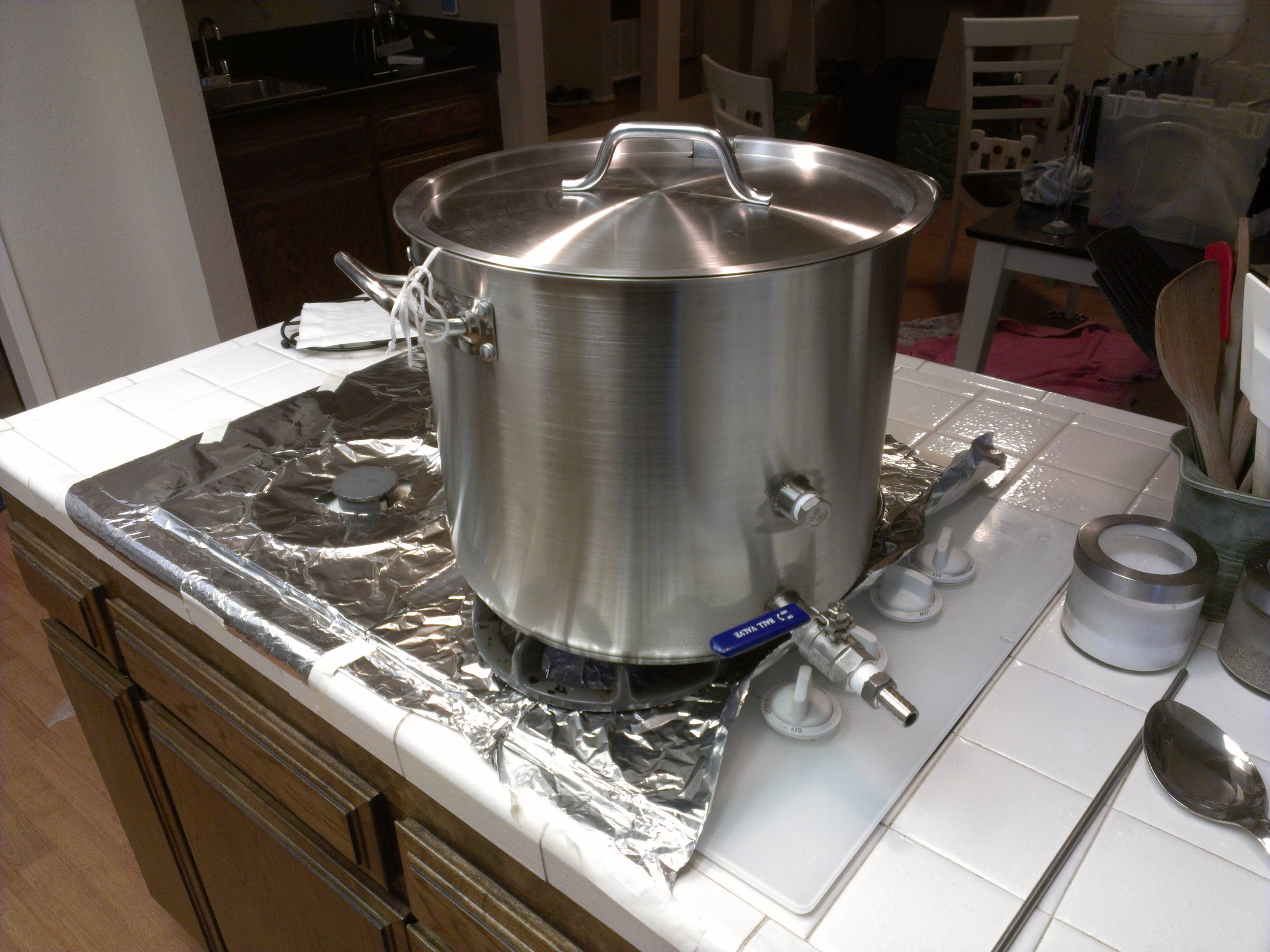
Protect the stove
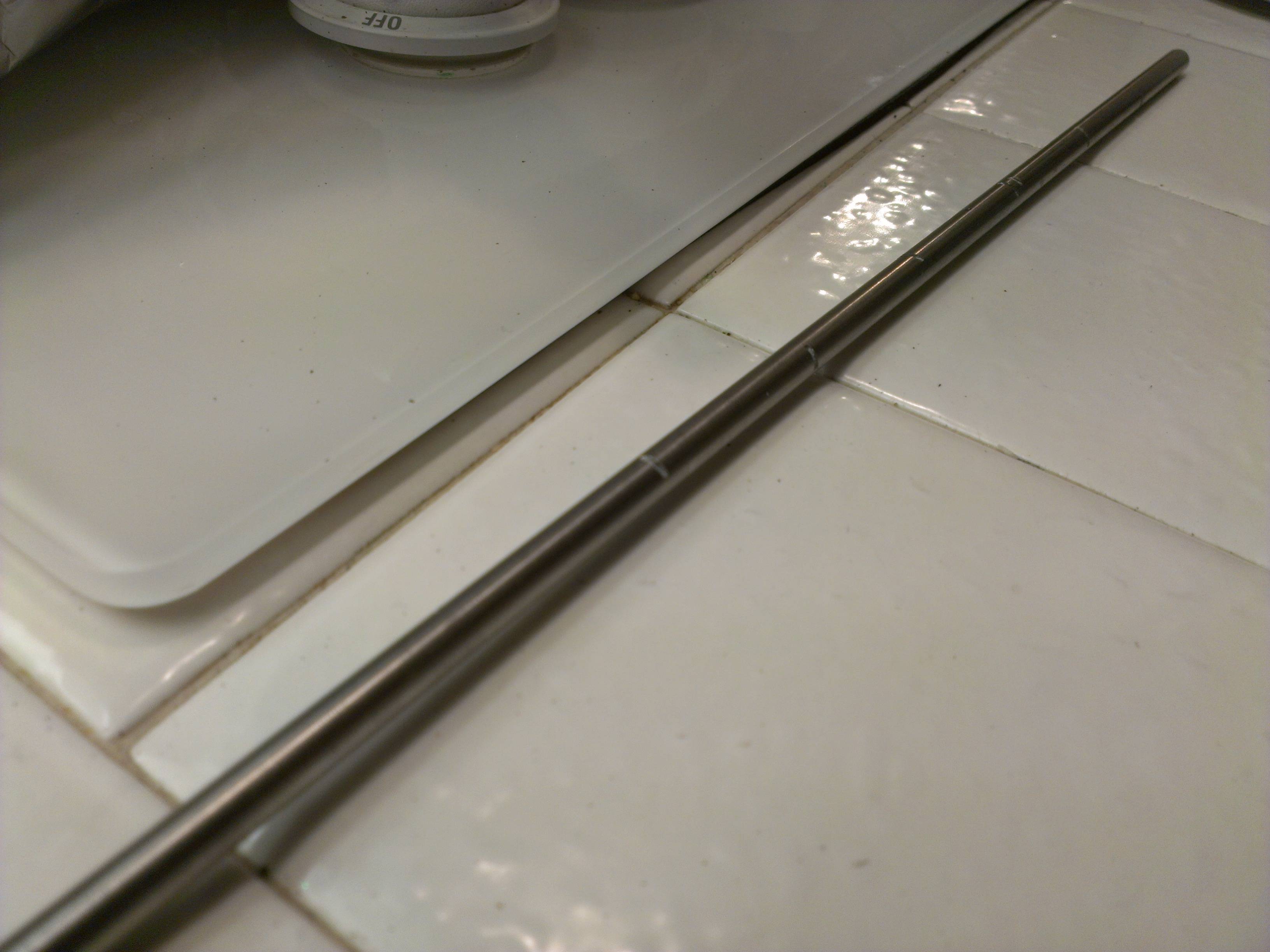
Stainless Rod notched in Gallon increments
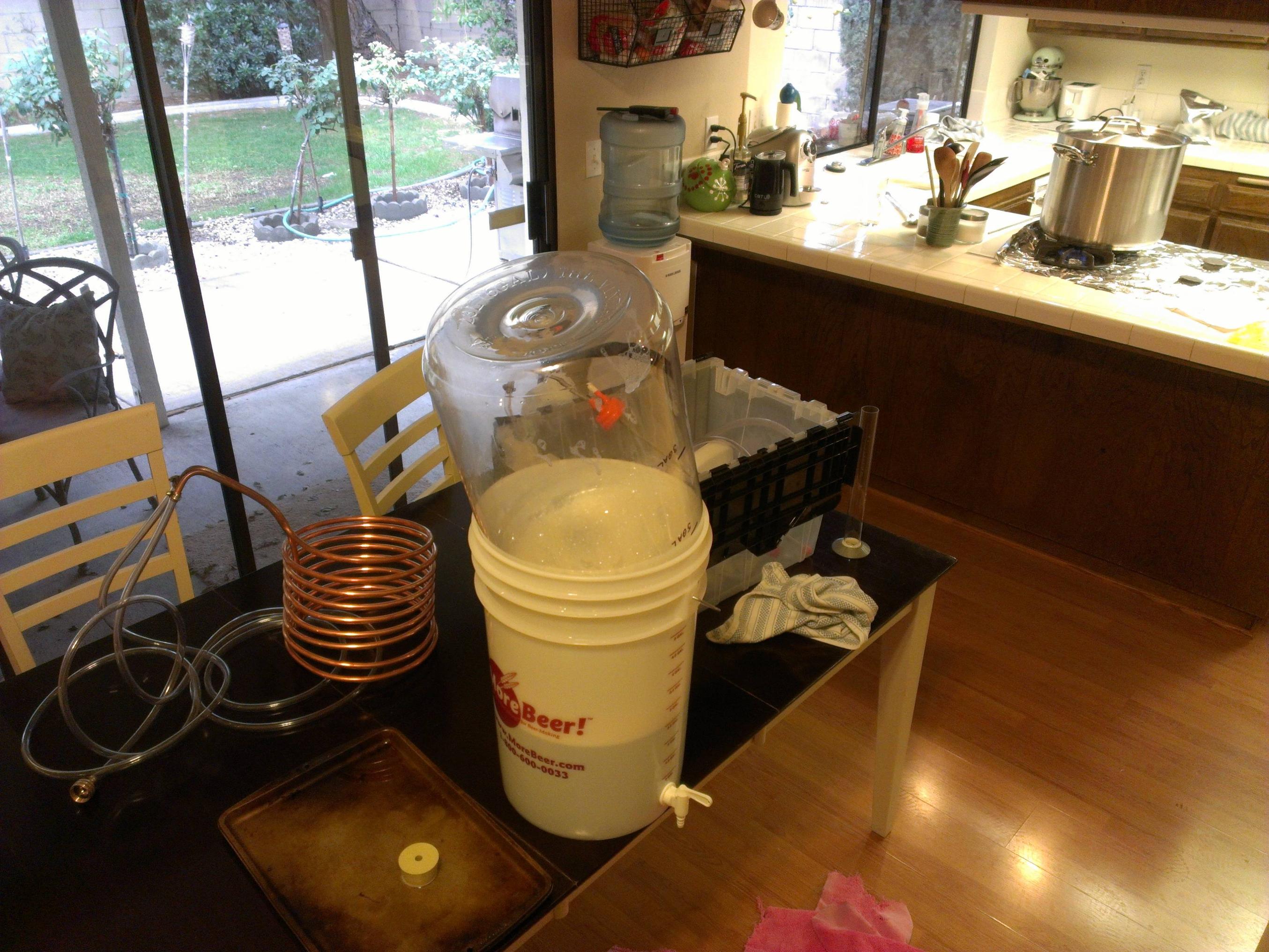
Sanitize all the things. Don't fear the foam they tell me.
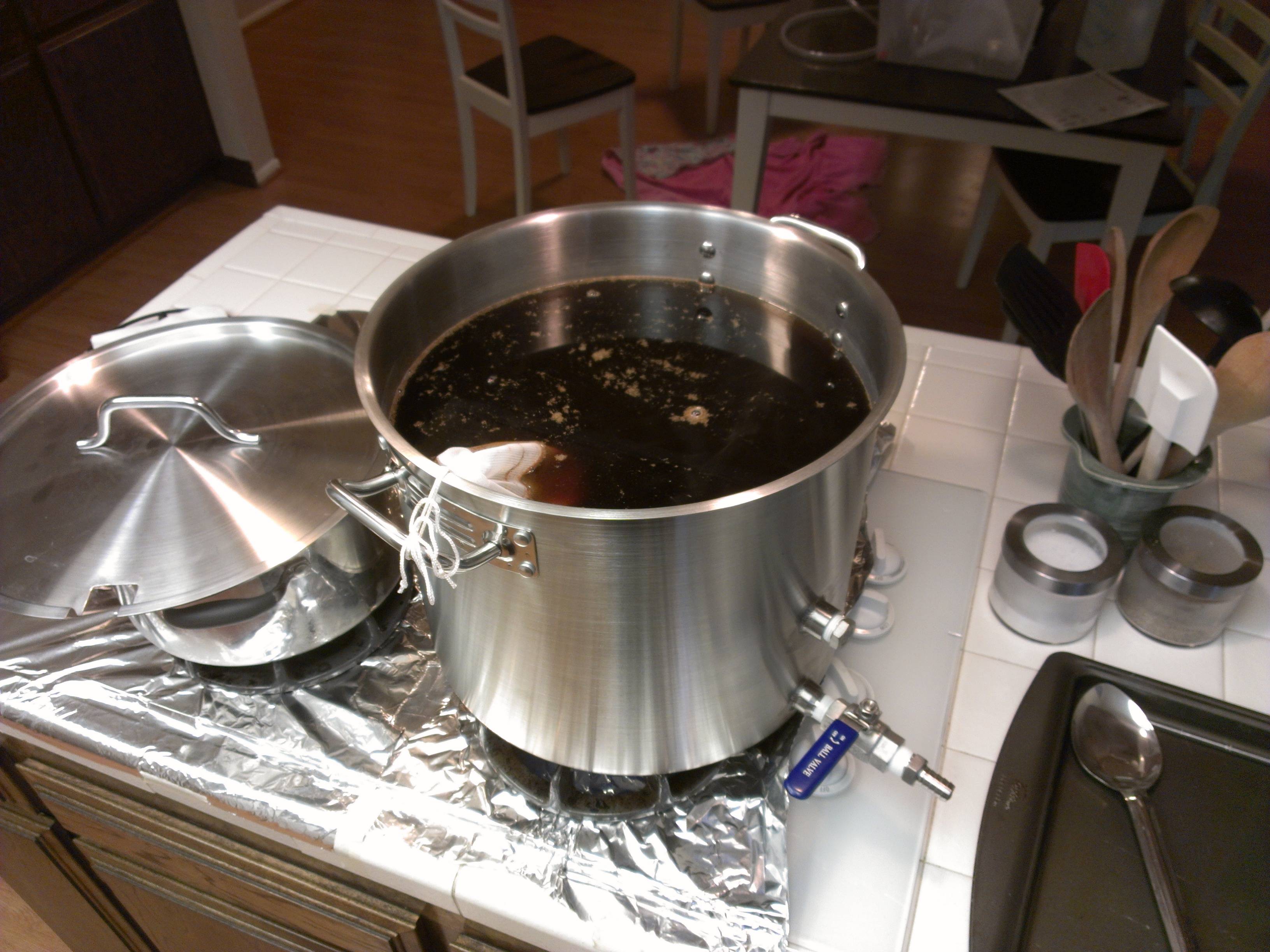
Steeping.
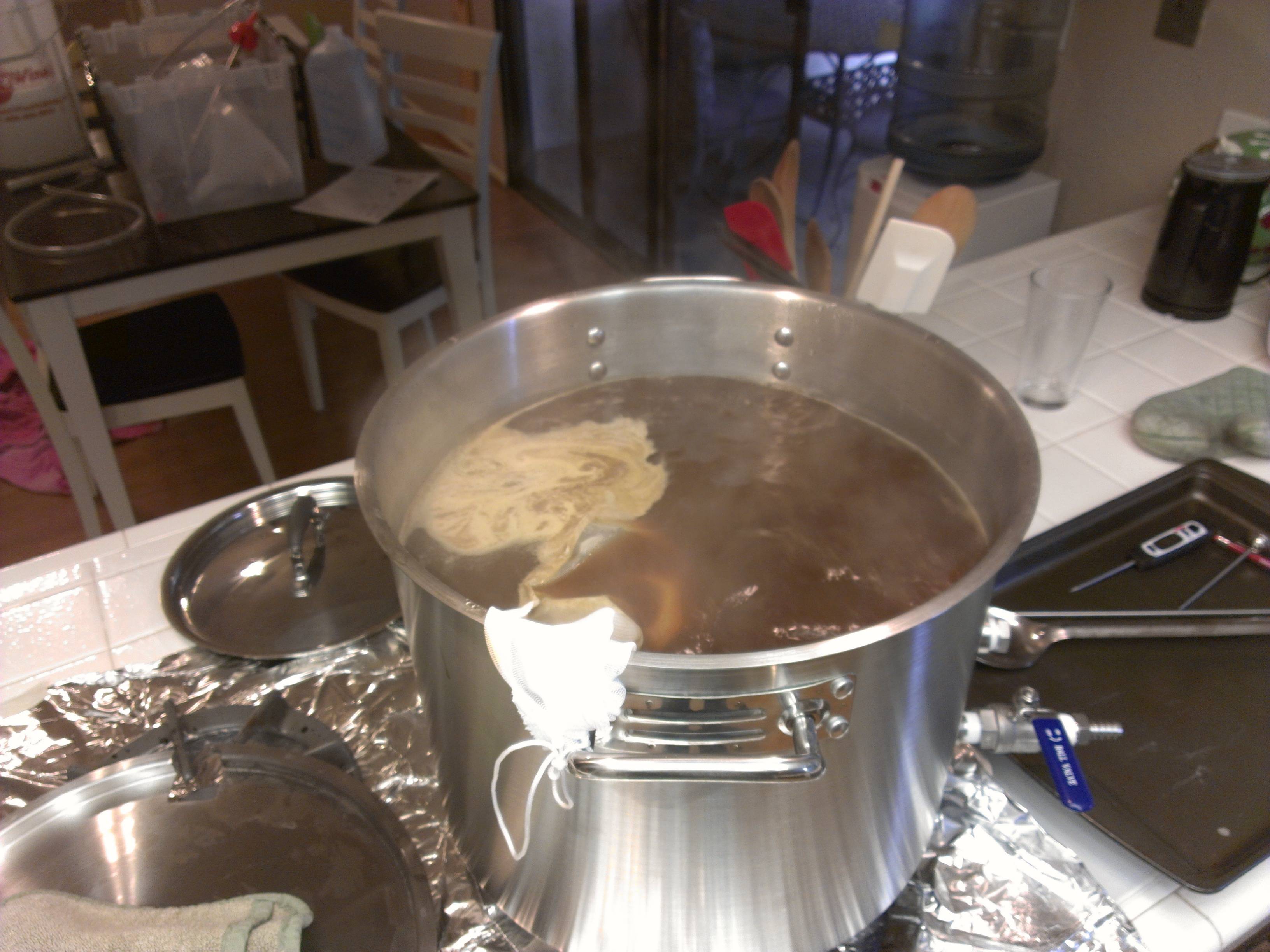
Boiling, in go hops
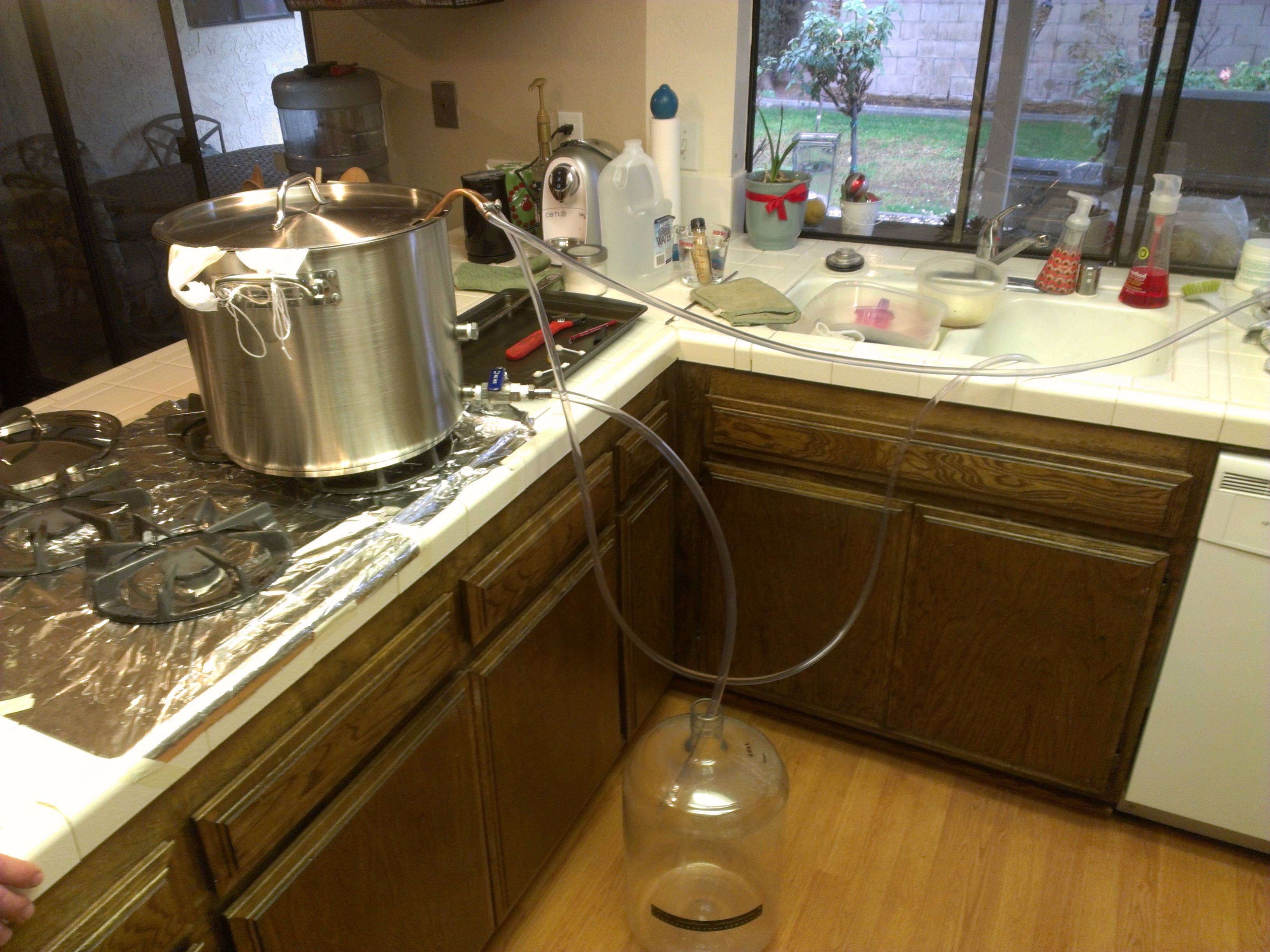
Chill out! hose was JUST long enough to make the hose connection outside. Perfect.
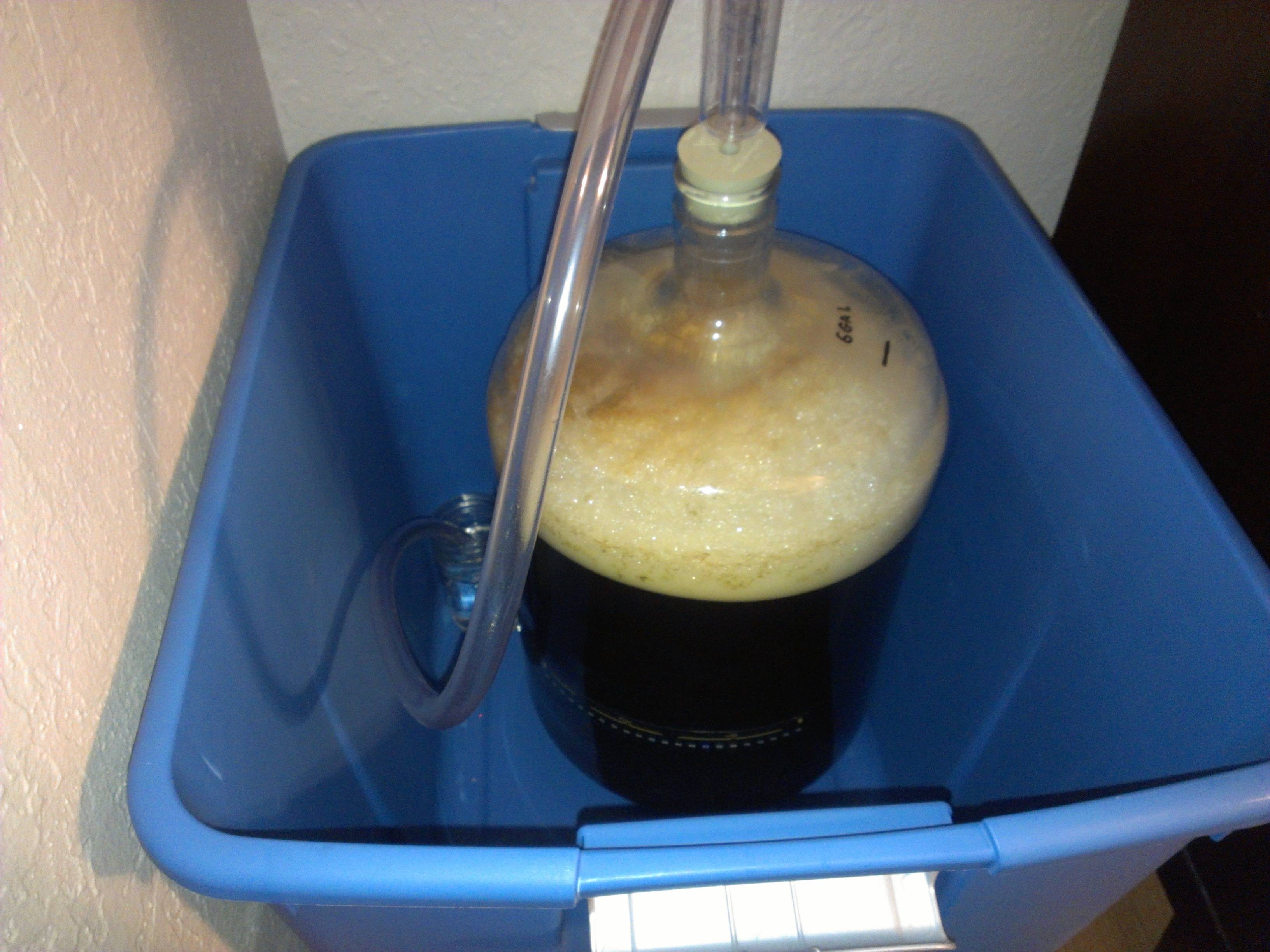
Here comes the Krausen. Pitched yeast at 74 (White labs package says 70-75). Temps during fermentation has been steady at 63-67.
Working from the general consensus of 3 weeks in primary, 3 weeks in bottle as the baseline norm that most seem to be comfortable recommending(regardless of how soon the active fermentation petered out, and provided SG is stable) what beers deviate from this?
What beers are best (or fine) to go ahead and bottle once FG is reached?
What beers should be left in primary longer than 3 weeks? Is this based on style? ABV?
Without going into dry-hopping, lagers, fruit additions, or wood additions, what beers should be racked to secondary for additional bulk conditioning?
Any difference in Extract vs. Grain in this regard?
Thanks, also some pics of my 1st brew day, an Irish Red extract kit. Everything went fairly smoothly, easy in fact.

Protect the stove

Stainless Rod notched in Gallon increments

Sanitize all the things. Don't fear the foam they tell me.

Steeping.

Boiling, in go hops

Chill out! hose was JUST long enough to make the hose connection outside. Perfect.

Here comes the Krausen. Pitched yeast at 74 (White labs package says 70-75). Temps during fermentation has been steady at 63-67.


